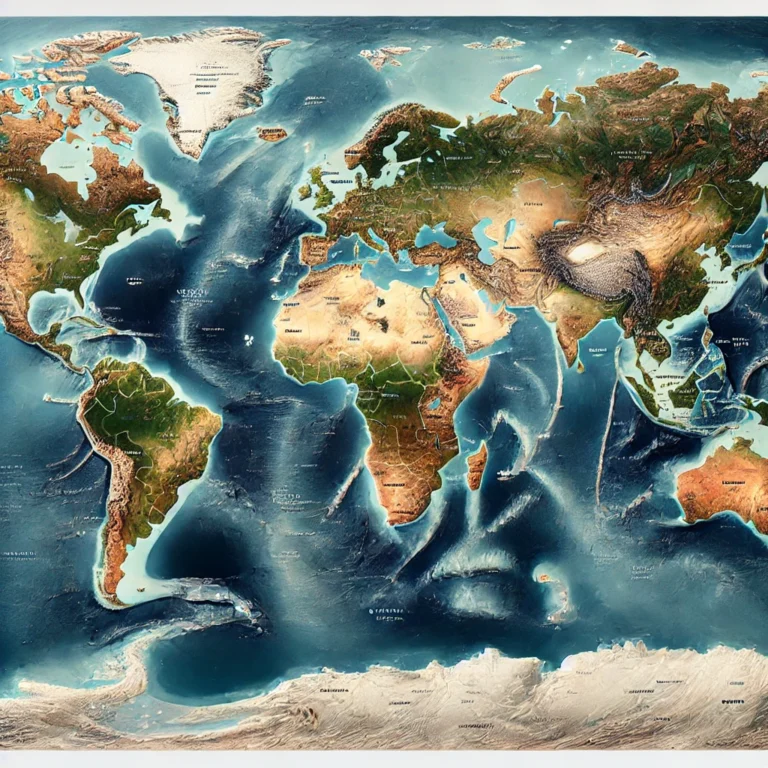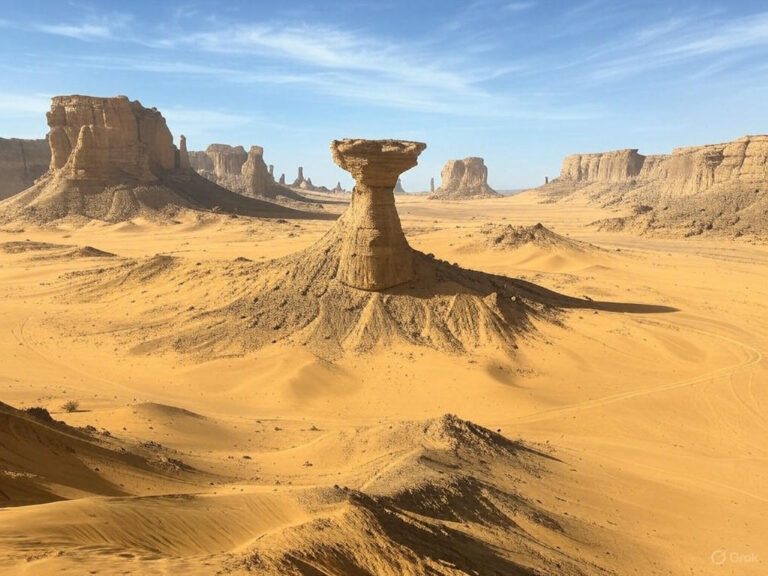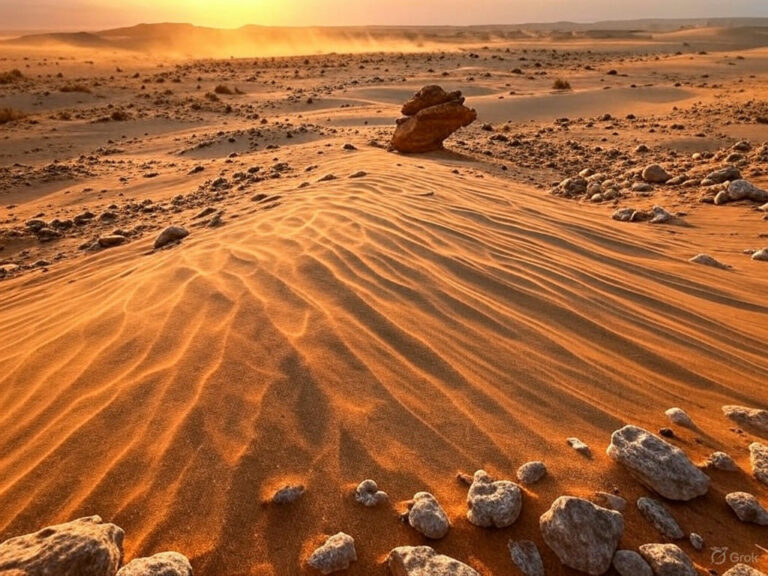Miscellaneous topics in Volcanism
🛁 Geysers – Nature’s Water Cannon
Imagine a giant underground pressure cooker. Deep below the Earth’s surface, magma heats underground water, but instead of escaping immediately, the water gets trapped within a narrow underground passage. As the pressure builds, suddenly—BOOM!—it erupts skyward in a spectacular fountain of hot water and steam.
📍If you visit Yellowstone National Park, USA! Here, we stand before Old Faithful, the world’s most famous geyser. Every 60-90 minutes, it erupts like a natural clock, shooting water up to 50 meters into the sky!
Definition:
A geyser is a natural hydrothermal feature where underground water, superheated by magma, erupts intermittently as a column of hot water and steam.

By Dietmar Rabich, CC BY-SA 4.0 via Wikimedia Commons;
📝 Key Features of Geysers:
✔️ Intermittent eruptions of hot water & steam 🌊💨
✔️ Caused by trapped water heating under high pressure
✔️ Occurs in geologically active regions
✔️ Example: Old Faithful (USA), Strokkur (Iceland), Lady Knox (New Zealand)
🔹 How are they different from hot springs?
A hot spring releases hot water continuously (like an overflowing bathtub), while a geyser erupts only periodically (like shaking a soda bottle and opening it).
💨 Fumaroles
Ever seen steam rising from the ground, making it look like the Earth itself is breathing? That’s a fumarole—a volcanic vent that releases gases like steam, sulfur, and carbon dioxide.
📍 Now, let’s head to Mount Etna, Italy. From a distance, the mountain looks like it’s covered in clouds, but these are actually fumaroles releasing volcanic gases! The smell of sulfur (like rotten eggs) fills the air, a reminder of the molten rock beneath.
📝 Key Features of Fumaroles:
✔️ Emits gases & water vapor instead of liquid water 🌫️
✔️ Occurs near volcanic areas (even after eruptions end)
✔️ Often gives off a strong sulfur smell 🧅
✔️ Example: Mount Etna (Italy), Yellowstone (USA), Kamchatka (Russia)
Definition: A fumarole is an opening in or near a volcanic area that emits steam and volcanic gases like sulfur dioxide, carbon dioxide, and hydrogen sulfide.

By kallerna – Own work, CC BY-SA 4.0, via Wikimedia Commons
🌊 Hydrothermal Vents
Now, let’s dive deep—way down to the bottom of the ocean. Here, in complete darkness, lies one of Earth’s most mysterious landscapes: hydrothermal vents.
Imagine cracks in the seafloor where superheated water (400°C!) gushes out, filled with minerals. As the water meets the icy deep-sea temperatures, it creates towering chimney-like structures known as black smokers, billowing out dark clouds of mineral-rich steam.
📍 We are now in the Mid-Atlantic Ridge, witnessing an alien-like ecosystem. Despite the extreme conditions, life thrives here—giant tube worms, bizarre shrimp, and even bacteria that don’t rely on sunlight but instead use chemical energy from the vent water to survive. 🌊🐛

📝 Key Features of Hydrothermal Vents:
✔️ Found at tectonic boundaries & ocean floors 🌊
✔️ Release mineral-rich, superheated water
✔️ Home to unique deep-sea ecosystems 🦐
✔️ Example: Mid-Atlantic Ridge, Pacific Ocean, Indian Ocean
Definition: A hydrothermal vent is a fissure on the ocean floor near tectonic plate boundaries through which superheated, mineral-rich water is released.
You can watch this short video on Hydrothermal Vent
🔹 Why do hydrothermal vents exist?
Because Earth’s crust is constantly shifting! Where plates move apart, magma rises and heats trapped ocean water, creating these vents.




